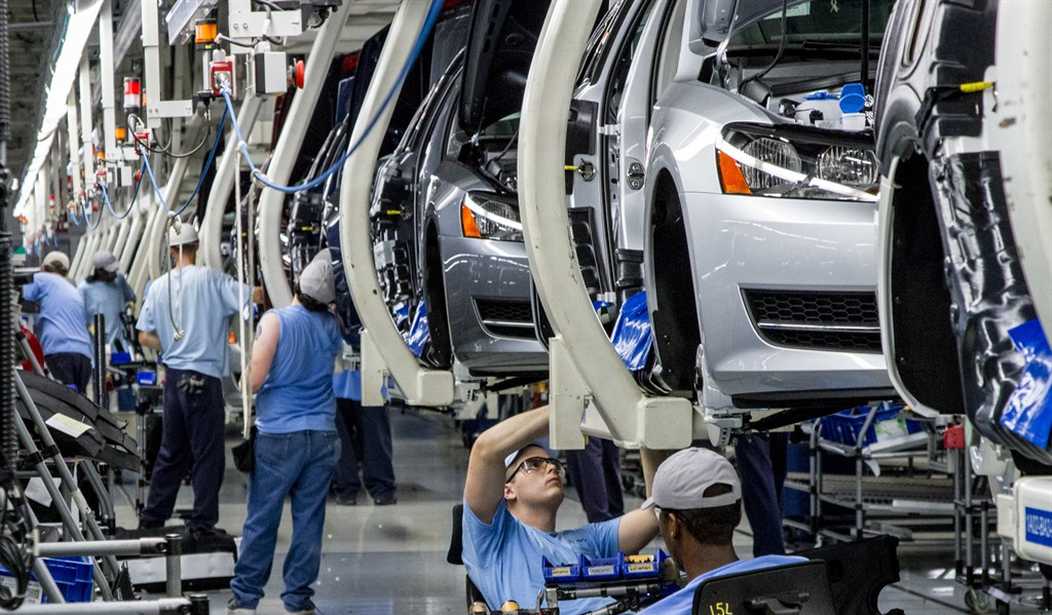Three decades ago, a little-known automotive engineer named Stanley Meyer obtained patents for what he called an electric water fuel cell that allegedly divided water (including tap water and salt water) into hydrogen and oxygen using a process he said was far simpler than electrolysis.
Meyer claimed that a dune buggy equipped with his devices could drive from Los Angeles to New York using just 22 gallons of water. After 20 years of research, he was able to prove to a patent review board that his invention, patented under Section 101 of the Subject Matter Eligibility Index, worked reliably.
Meyer’s engine replaced traditional spark plugs with injectors that introduced the hydrogen-oxygen mixture into the engine’s cylinders; the fuel cell split the water into hydrogen and oxygen gases which are combusted back into water vapor in a conventional internal combustion engine to produce energy to propel the vehicle.
But Meyer collapsed and died while dining with two potential investors, and conspiracy theorists may still believe, as he reportedly spoke in his dying words, “I was poisoned.” On the other hand, Meyer had already been sued by English investors who had bought rights to do business in his water fuel cell technology. The court found he had committed “gross and egregious fraud” and ordered him to repay the investors.
Long after Meyer’s patents expired, no engine or vehicle manufacturer had incorporated Meyer’s work. But the dream of a hydrogen-powered, water-fueled automobile, which had been around since the first autos were introduced (at least in the movies), has never died.
Just last week, multinational automaker Stellantis (which bought Chrysler) announced it will be manufacturing hydrogen-powered Ram 5500 large pickup trucks at its Saltillo Truck Assembly Plant in Mexico for sale in the U.S. market, especially in California.
Recommended
Company spokesperson Jean-Michael Billig boasted that, “We are starting production of larger vehicles in Poland, and development in North America is expected to follow quickly, especially with the large Ram 5500 in a fuel-cell version.”
And why not? Stellantis recently laid off about 400 American engineers with plans to hire cheaper engineers from Mexico, Brazil, India, and Morocco. Why Saltillo? According to The American Prospect, Stellantis workers at the Saltillo plant can earn as little as $2.54 per hour.
But is the world ready for hydrogen-powered vehicles?
In a column entitled “The H stands for Hype,” journalist Robert Bryce noted that, at a 1975 House investigative hearing on hydrogen as an energy source, then-Rep. Mike McCormack (D- WA) claimed that hydrogen “has the potential of playing the same kind of role in our energy system as electricity does today.”
That was half a century ago.
In 2003, futurist Jeremy Rifkin claimed that “globalization represents the end stage of the fossil-fuel era,” and turning “toward hydrogen is a promissory note for a safer world.” That same year President George W. Bush announced a collaborative effort with the European Union for the “development of a hydrogen economy” that would include “safe and affordable hydrogen-powered fuel cell vehicles.”
But then China stepped in to create the push for electric vehicles, and hydrogen power was put on the back burner. The U.S. and EU quickly bought into electric vehicle technology – and by “bought into,” we mean threw massive amounts of taxpayer money into subsidies, rebates, and tax incentives to jumpstart the “net zero by 2050” crusade.
Things were going swimmingly until recently, when Italy, Germany, and other EU nations insisted that the EU ban on internal combustion engines have an exemption for ICE vehicles that run on synthetic fuels (including hydrogen).
Then the bottom fell out of the EV market. Ford has cut back on EV production, Hertz is selling off its entire EV fleet, and even European buyers are shying away as subsidies dwindle, repair costs soar, and second-hand buyers fear high costs for replacement batteries.
Cost is not likely to sway buyers toward hydrogen-powered vehicles, says Bryce. People would rather buy $6 gasoline than $14 to $20 hydrogen, one commentator argued.
Bryce also pointed to concerns over “hydrogen embrittlement,” which means gas pipelines or tanks cannot be used to move and store hydrogen gas, though it can be blended with natural gas and put into turbines or reciprocating engines – or in fuel cells, if they work. (Stellantis believes they will.)
Yet while some auto manufacturers, politicians, and bureaucrats are scrambling to invest in hydrogen fuel-cell technology, there just might be a solution out there that comes closer to Meyer’s idea of the water-powered engine.
Ecoticias reported last September that the Austrian automotive engineering company AVL had developed an “innovative [400-horsepower] hydrogen combustion engine” that runs on hydrogen fuel while providing performance comparable to traditional ICE vehicles. AVL has had decades of experience in high-performance powertrain development, and the engine is designed for racing environments.
AVL’s engine utilizes direct hydrogen injection into the combustion chamber – not fuel cells. The engine thus operates much like a conventional gasoline or diesel engine – just with hydrogen as the fuel. It even offers drivers the sound, emotion, and excitement of traditional ICE engines.
Hydrogen’s flammability range in air and the combustion speed are different than that of gasoline (or diesel). Thus, just as with Meyer’s contraption, the AVL engine requires adaptation to the fuel injection system ignition timing, combustion chamber design, and cooling systems. When hydrogen gas is injected into the combustion chamber, it is compressed and ignited by a spark plug, just as in an ICE vehicle. But the exhaust is water vapor, not carbon dioxide.
That announcement came last September. But just this month, Hyundai, Kia, and the Korea Institute of Machinery & Materials (KIMM) also introduced a new engine design that combusts hydrogen directly – also without the need for fuel cells.
Their engines process slightly enriched hydrogen that is compressed and injected into the engine’s cylinders and ignited upon compression to power the engine and propel the vehicle. The Korean engine is smaller than the AVL engine and is designed for commuter travel, not racing.
But hold onto your hats!
Ecoticias also just reported that “a [new] water-based fuel” has “gained recognition as a major player in the energy scene.” The technology operates with water acting as an electrolyte to create batteries 15 times more powerful than current EV batteries, pound for pound, providing driving ranges purportedly up to 1,000 kilometers per charge. More importantly, the water-electrolyte batteries do not require lithium.
This fuel is a long way from commercialization, and to date there has been no demonstration of a prototype engine. And, like other “exciting” technologies, it may or may not prove worthy of commercialization.
Whether or not hydrogen fuel cells, direct hydrogen injection, or even this “water-based” engine) can ever compete with either EVs or ICE vehicles remains to be seen.
But one thing is for certain.
The massive injections of government cash into the EV buildout may prove to be the greatest boondoggle in human history if any of these technologies – or even one that has not yet emerged – proves more practical, less expensive, and especially more acceptable to auto buyers and drivers.
Government investment and mandates almost always stifle innovation and create mediocrity (at best) by dictating what can – and cannot – be marketed.
Let freedom ring!

























Join the conversation as a VIP Member